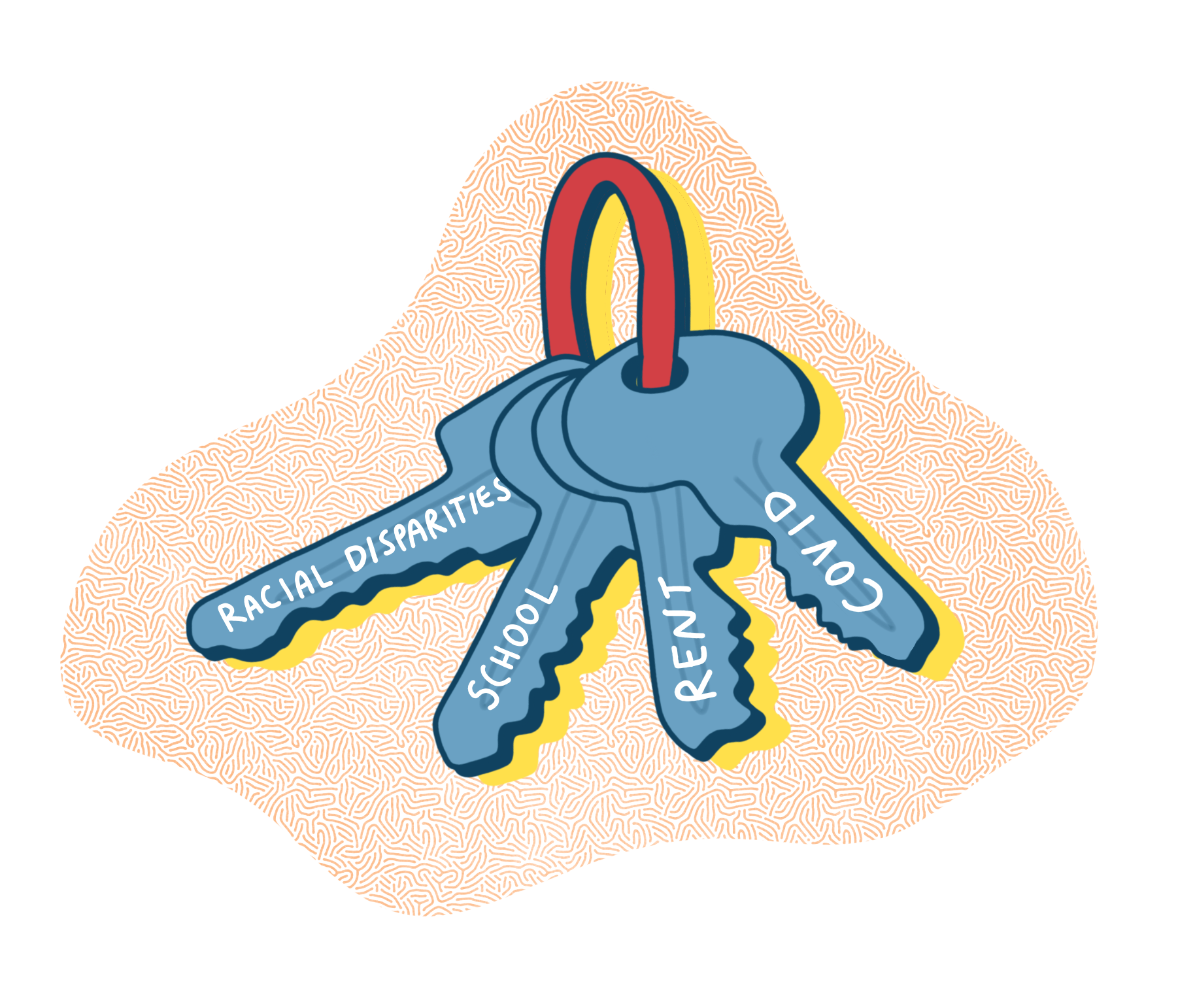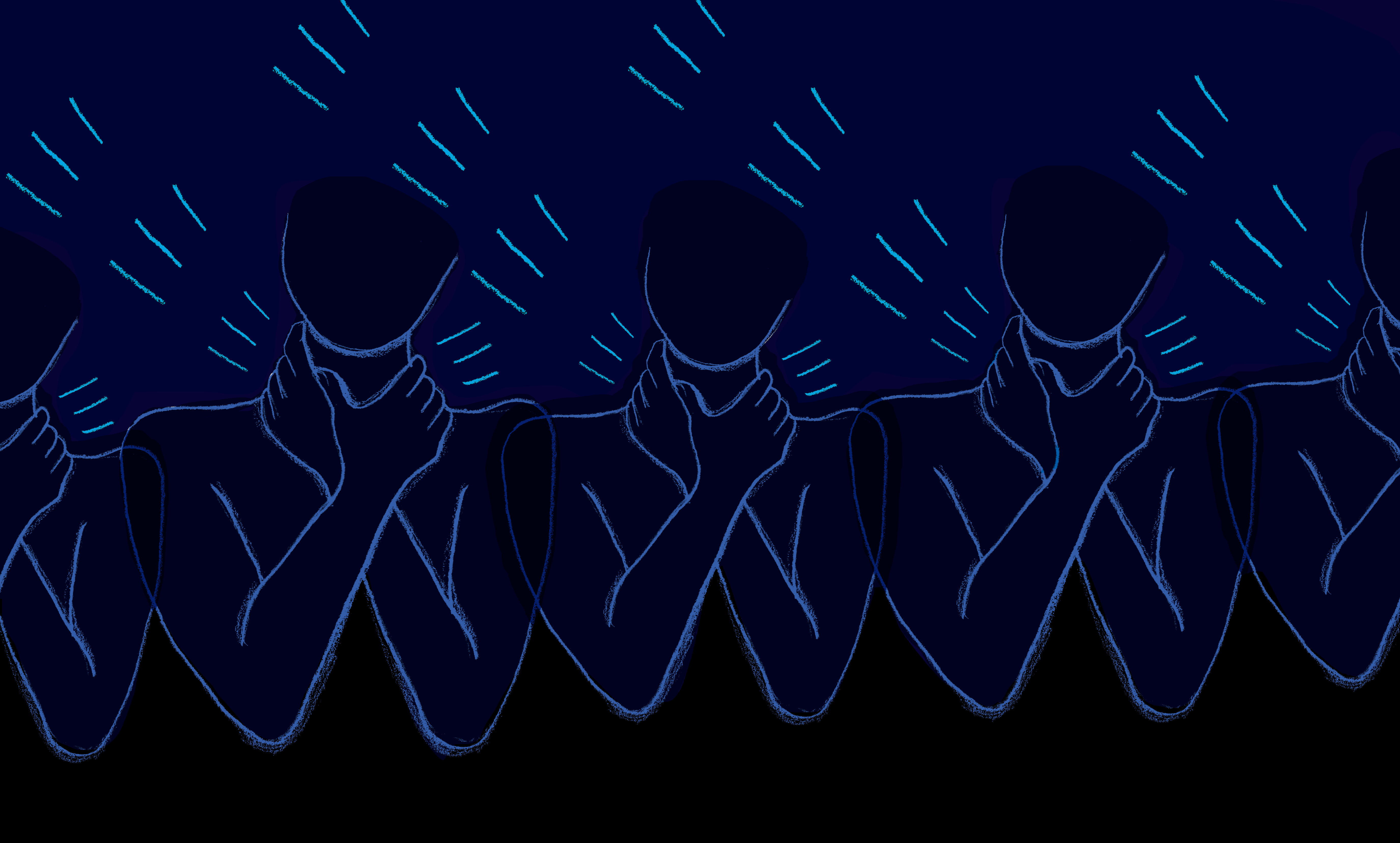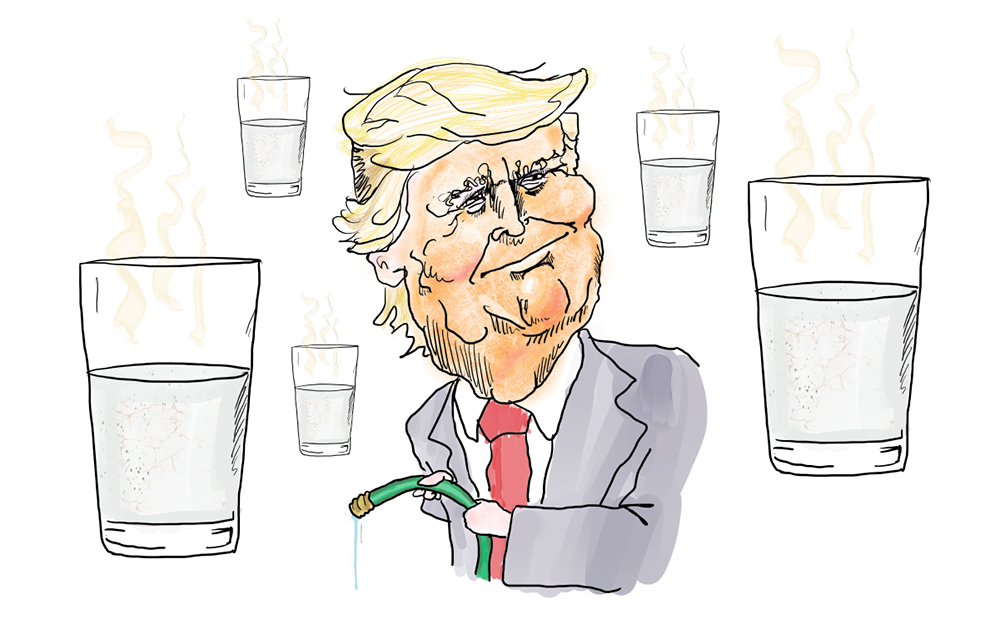A recent survey conducted by Portland State University’s Homelessness Research and Action Collaborative (HRAC) showed that 44.6% of student responders experienced housing insecurity, 16.1% experienced homelessness and 47% experienced food insecurity in the 12 months prior to Fall, 2019. In an interview with The Pacific Sentinel, Dr. Greg Townley, Director of Research for HRAC and Associate Professor of Community Psychology, stated that these rates were already above the national average and were exacerbated by the effects of COVID-19.
This was the first homelessness study conducted at PSU by HRAC. The Study determined rates of homelessness and food and housing insecurity among faculty, staff and students at PSU. There were two surveys conducted, one in Fall 2019 and a later study that documented the effects of COVID-19 on the same data as well as info regarding COVID-19 related issues specifically.
Townley notes that the survey “to my knowledge is one of or possibly the first in the country that has looked at employees.” Townley also notes, however, that studies on other campuses involving staff are currently in progress.
The results of the survey featured 1017 staff members and reported 22.7% of staff experienced housing insecurity, 16.5% experienced food insecurity and 5.6 percent experienced homelessness in the 12 months prior to the survey. BIPOC employees reported double the rates of food and housing insecurity in comparison with white employees. Among all employees, staff reported higher rates of food and housing insecurity compared with faculty members or administrators. In the staff sample size, white employees were slightly larger than the general demographics of PSU staff. In noting why HRAC chose to implement staff in the study, Townley states; “We want to support all community members and they are an integral part of making our campus successful” He also notes the impact of teachers who are struggling with basic needs on students; “A student’s experience in a classroom is going to be affected by instructors who are struggling with basic needs insecurity.“
On the topic of students’ inability to meet their basic needs, Townley states, “student success is not just grades and retention but also are they able to have the rest they need to thrive, to look after their health, to get enough sleep.”
The study reports minority demographics have increased rates of homelessness and food and housing insecurity. Townley notes that indigenous students and other people of color “have higher rates of homelessness in the general population” and continues to note that as students these demographics “also have higher rates of homelessness and housing insecurity on college campuses.” In the interview, Townley mentions the importance of “surfacing recommendations that account for this historical and systemic racism and discrimination,” and urges that “[s]olutions should lead with racial equity and be centered on those who are most affected due to systemic and historical racism and discrimination.” In addition to racial demographics experiencing a higher probability of not achieving basic needs, the LGBTQ+ community and people with disabilities also see higher rates of all vectors assessed in the study. Townely notes that the intersections of disabilities, race, and LGBTQ+ identity increase the rates further.
Native Americans experienced higher rates of homelessness than any other demographic. Of the 107 Native American students who responded, 29% experienced homelessness in the previous 12 months, nearly double the rate of white students. Of the 180 multi-racial students who responded to the study, 28.9% experienced homelessness. Additionally, homelessness was experienced among 27.8% of the 54 Middle Eastern or North African students who responded. Native American students also faced the highest rates of food insecurity. In the 30 days prior to the survey, 66.4% of Native American students met the criteria for food insecurity. The next highest demographic is multiracial PSU students, of whom 60.6% faced food insecurity.
The study was conducted before the effects of the coronavirus were seen across campus, however, a smaller study was conducted afterwards to determine the effects of COVID-19 on the student body’s ability to find food and stable housing. The COVID-19 study included more questions to target the relationship of COVID-19 and rates of homelessness and food insecurity. This study yielded a much smaller sample size, featuring only 166 student surveys which the study cautions may be too small a sample size to yield accurate results. The study does show a dramatic increase in both rates of food and housing insecurity that are still indicative of some negative effect of COVID-19 on the PSU student body. 64.5% of participants reported housing insecurity and 20.5% of students reported experiencing homelessness, 55.4% of respondents reported food insecurity. 32.5% of respondents reported to have left their housing during the pandemic. More than a third of students reportedly lost their job due to the pandemic. Of students who reported reduced working hours or had lost their job, 90% experienced housing insecurity, homelessness or food insecurity.
Beyond problems of inequality among specific demographics of staff and students, many students have also noted they were not aware of many resources available to them. Emergency funds were made available to students for support with COVID-19 related expenses, however, according to Townley, “[a]lmost 40% of students said they were not aware emergency funds were available.” In the study, many students noted the food pantry hours were a more difficult barrier during the pandemic. The free food market was temporarily shut down as a result of the COVID-19 pandemic.
Townley notes that there were additionally “[g]eneral concerns about the fact that living in Portland is expensive.” To combat this issue, Townley said “[w]e need to better take that into account when we’re thinking about the cost of tuition and wages and the amount of access to financial aid that students get.” Townley added that “[s]ome of these things are beyond or outside of what PSU can directly control, but it does speak to what are we lobbying for, what are we asking legislators to do, how are we advocating for more emergency funds.”
illustration by Mckinsey Carroll





